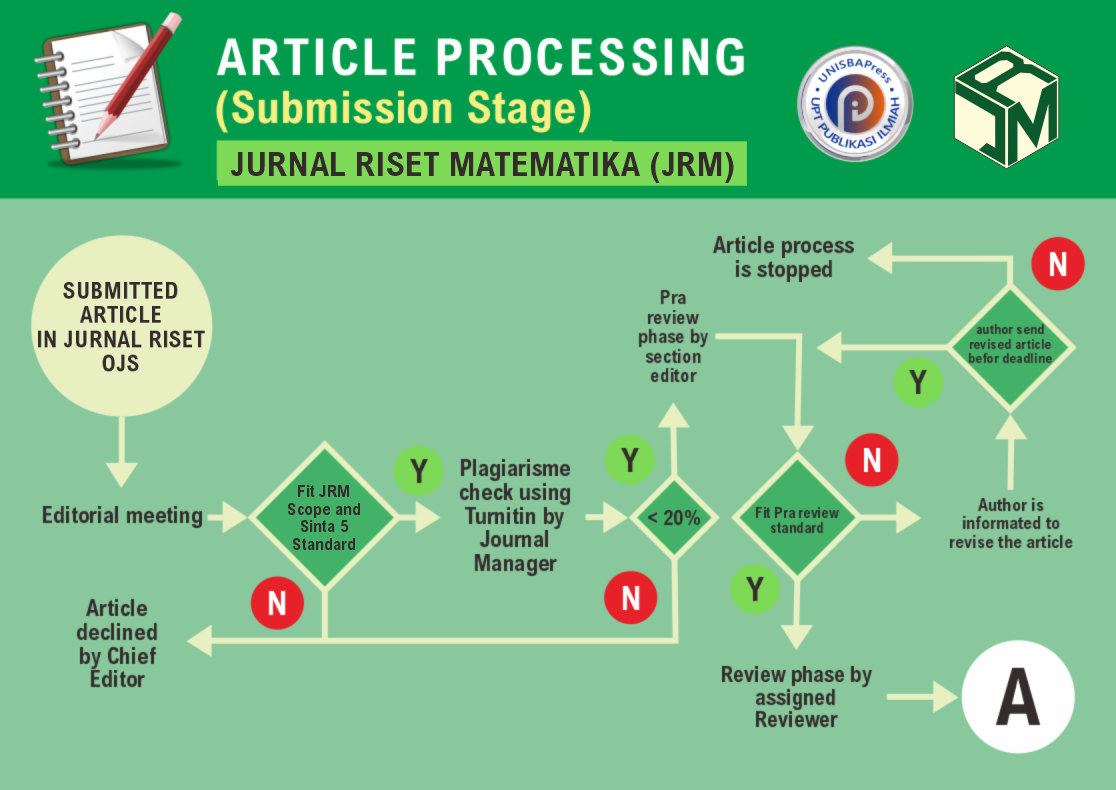Penggunaan Metode Principal Component Analysis dalam Menentukan Faktor Dominan
DOI:
https://doi.org/10.29313/jrm.v2i2.1192Keywords:
Faktor Dominan, Principal Component Analysis, Dana PenghimpunanAbstract
Abstract. Principal Component Analysis is a statistical technique that has been widely used in terms of data processing. This study aims to extract interrelated variables. This type of research is quantitative in nature by taking the case of fundraising in Dompet Dhuafa, West Java. The variables in this study are the ten types of collection funds from 2016-2021 with 72 data. This shows that the selection of the dominant factor can be used by the principal component analysis method. The results of this study show that there are 10 variables (=Fidyah, =Zakat MPZ, =Zakat Fitrah, =Kurban, =Bound Infak, =Thematic Infak, =Humanity, =Waqf, =Infak ,=Zakat ) which is extracted into 5 Principal Components based on the eigen1 value , where the first Principal Component is showing the most dominant factor. The first principal component is zakat with a loading value of 0.414 and a variance percentage of 19.39% from 64.37%. Based on the fact in Dompet Dhuafa that the dominant factor is zakat with a percentage of 40%. So that the relative error of the research results is the same as the real data of 0.035.
Abstrak. Principal Component Analysis adalah teknik statistik yang sudah digunakan secara luas dalam hal pengolahan data. Penelitian ini bertujuan untuk mengekstraksi variabel yang saling berhubungan. Jenis peneitian ini bersifat kuantitatif dengan mengambil kasus dana penghimpunan di Dompet Dhuafa Jawa Barat. Variabel dalam penelitian ini ialah ke sepuluh jenis dana penghimpunan dari tahun 2016-2021 dengan data sebanyak 72. Hal ini menunjukan bahwa pemilihan faktor dominan dapat digunakan metode principal component analysis. Hasil dari penelitian ini menunjukan ada 10 variabel (=Fidyah, =Zakat MPZ, =Zakat Fitrah, =Kurban, =Bound Infak, =Thematic Infak, =Humanity, =Waqf, =Infak ,=Zakat ) yang diekstraksi menjadi 5 Principal Component berdasarkan nilai eigen≥1 , dimana principal component pertama ialah menunjukan faktor yang paling dominan karena memiliki nilai keragaman total yang paling besar. Principal Component pertama ialah zakat dengan nilai loading sebesar 0,414 dan presentase varians sebesar 19,39% dari 64,37% . Berdasarkan kenyataan di Dompet Dhuafa bahwa faktor dominan adalah zakat dengan persentase sebesar 40 %. Sehingga galat relatif hasil penelitian sama dengan data real sebesar 0.035.
References
H. Insawan, F. Ekonomi, and I. Iain, “Jurnal Studi Ekonomi dan Bisnis Islam Volume 2, Nomor 1, Juni 2017,” urnal Stud. Ekon. dan Bisnis Islam, vol. 2, no. 1, pp. 137–154, 2017.
D. . Sari, “Analisis Komponen Utama untuk Menentukan Faktor-faktor yang Mempengaruhi Pemilihan Transformasi Online,” 2020.
M. Z. Nasution, “PENERAPAN PRINCIPAL COMPONENT ANALYSIS (PCA) DALAM PENENTUAN FAKTOR DOMINAN YANG MEMPENGARUHI PRESTASI BELAJAR SISWA (Studi Kasus : SMK Raksana 2 Medan),” J. Teknol. Inf., vol. 3, no. 1, p. 41, 2019, doi: 10.36294/jurti.v3i1.686.
A. Sudaryanto and E. Suryanto, “Sistem Presensi Pengenalan Wajah dengan Metode Principal Component Analysis (PCA),” Teodolita, vol. 21, 2020.
K. N. Khikmah, “Penerapan Principal Component Analysis dalam Penentuan Faktor Dominan Cuaca Terhadap Penyebaran Covid-19 di Surabaya,” ESTIMASI J. Stat. Its Appl., vol. 2, no. 1, pp. 11–18, 2021, doi: 10.20956/ejsa.v2i1.11943.
M. Z. Nasution et al., “PENERAPAN PRINCIPAL COMPONENT ANALYSIS (PCA) DALAM PENENTUAN FAKTOR DOMINAN YANG MEMPENGARUHI PENGIDAP KANKER SERVIKS (Studi Kasus : Cervical Cancer Dataset),” J. Mantik Penusa, vol. 3, no. 1, pp. 204–210, 2019.
A. Safidah, “Analisis dekomposisi spektral dengan metode,” Anal. Dekomposisi Spektral Dengan Metod. Princ. Compon. Anal., pp. 15–16, 2014.
I. M. Simanjuntak, “Penggunaan Metode Principal Component Analysis (PCA) untuk Mereduksi Faktor-Faktor yang Mempengaruhi Penyakit Jantung Koroner di RSUP H. Adam Malik Medan Tahun 2017,” Fak. Kesehat. Masyarakat, Univ. Sumatera Utara, pp. 1–89, 2018.
Tabachnick;Fiddel, Using Multivariate Statistics. Boston: Pearson Education, 2006.
S. N. N. Kurniawati, “Analisis komponen utama,” no. 055813, 2009.













